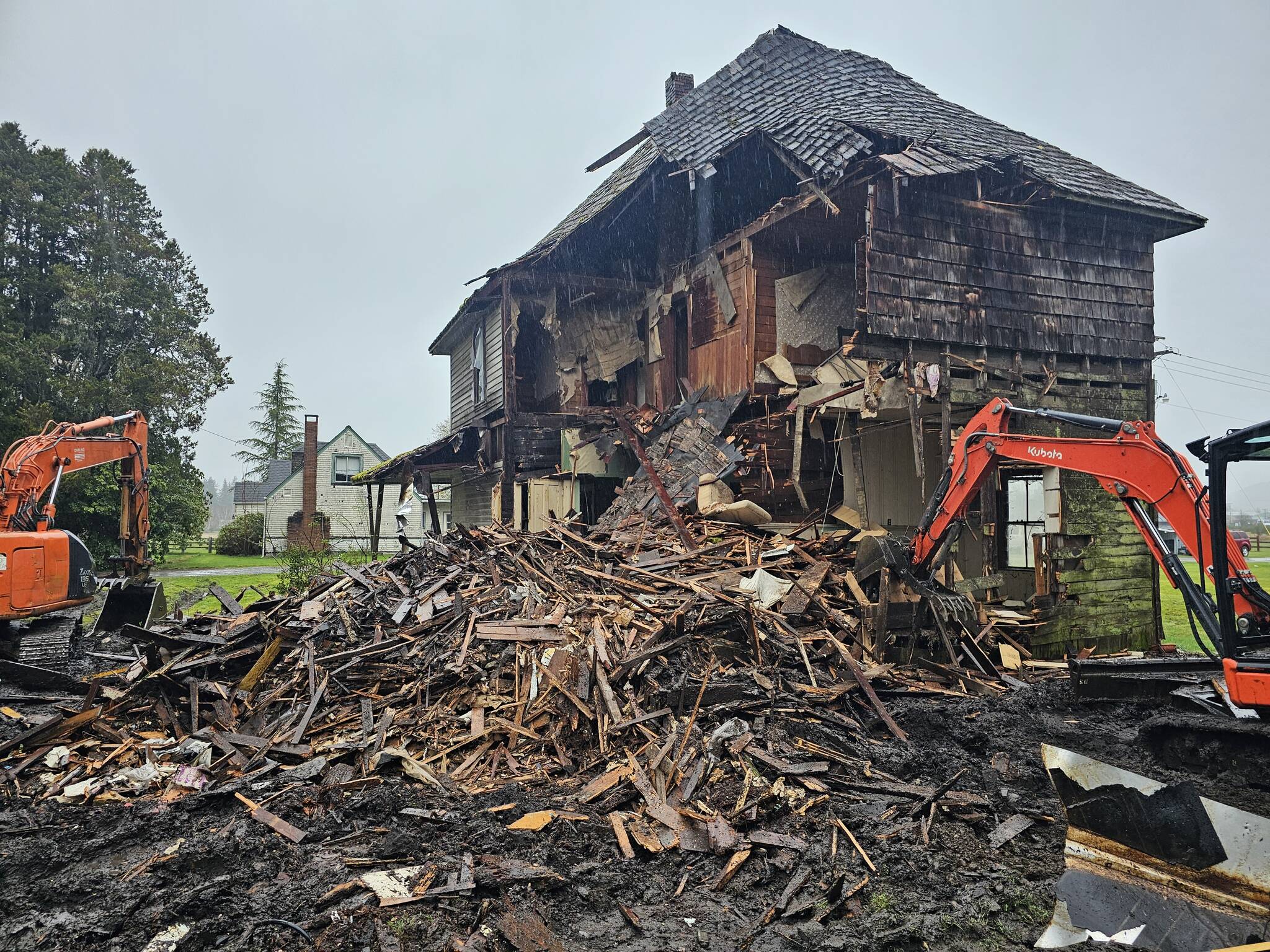Oscar “Ole” Nelson, born around 1850, was a Swedish immigrant who, along with bachelors Eli Peterson and Peter Fisher, settled on the Forks prairie in the mid-1870s. They were living there when Luther and Esther Ford arrived with their family in January 1878 and claimed a 160-acre homestead a mile east of present-day Forks’ town center.
In 1882, Nelson married Ingeborg Sandberg, ending his bachelor days. By 1884, the couple had established a post office in their cabin. Initially intended to be named Ford’s Prairie, the name Forks Prairie was chosen instead because another Washington settlement already had the former name. The name “Forks” was inspired by the prairie’s location between the Calawah and Bogachiel rivers, near the Soleduck River.
The Nelsons’ daughter, Mary, was born in 1886. Around 1888, Nelson applied for a homestead of 160 acres at the south end of Forks Prairie where his cabin/post office was located.
Tragically, in 1892, at the age of 42, Ole Nelson died. Ingeborg continued to run the farm and married Irish immigrant James Smith in February 1894. Smith had immigrated to the U.S. in 1880. Smith began work on a grand home for his family around 1897.
Grace Fletcher, in a 1963 Forks Forum article, described this home as a large and pretentious structure made of hand-planed lumber from a water-powered mill located on Mill Creek.
Fletcher’s article stated that the original Nelson cabin/post office was moved after the completion of the new larger home to the center of town and used as the Cottage Hotel.
In the spring of 1910, Ingeborg passed away, leaving Smith a widower. He remarried six months later to Maria Bourdon Beaudry Eiholzer, who moved into the grand home at the end of what is now 5th Avenue.
Over the years the structure not only served as the Smith home but also as a place for weary travelers to stay. Its location was at the end of the road …. beyond to the Hoh, was only a trail.
Tragically Smith died in an accident on January 17, 1918, while working at the Spruce Camp for WWI airplane materials. While driving a wagon he was struck by a falling limb.
After his death, Maria discovered that the dairy farm homestead land had been willed to James E. Mansfield, with the condition that she be provided/built a cottage/home to live in for the remainder of her life. However, Maria married again in September 1918 to H.J. Wenke and moved out of the area, passing away in King County in 1928.
The grand home remained occupied by James W. Mansfield and his mother, Lena Shibell, until their deaths in 1974. The house then stood empty for a time and was later rented out and damaged by fire. It has continued to stand as a historical sentinel until it was removed in March for new construction.
The original Nelson home/post office/Cottage Hotel sat for many years behind the Antlers Hotel. It was also torn down about 20 years ago.



